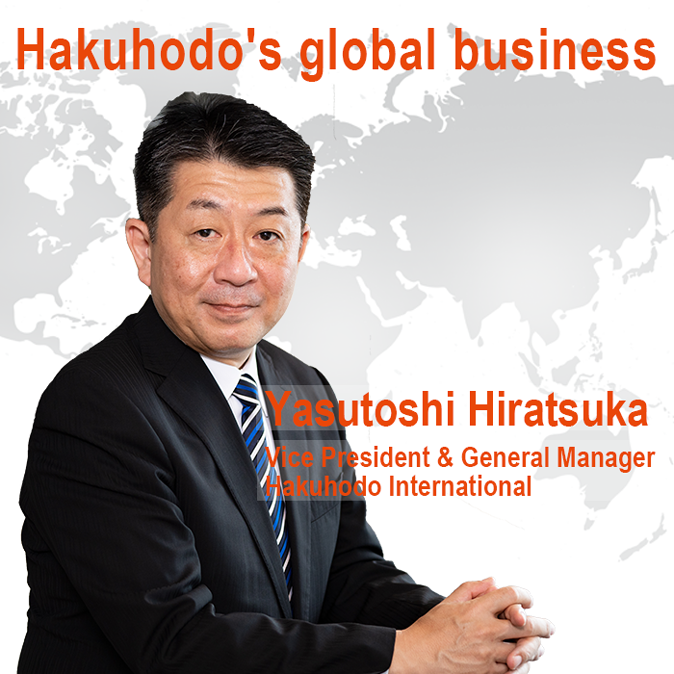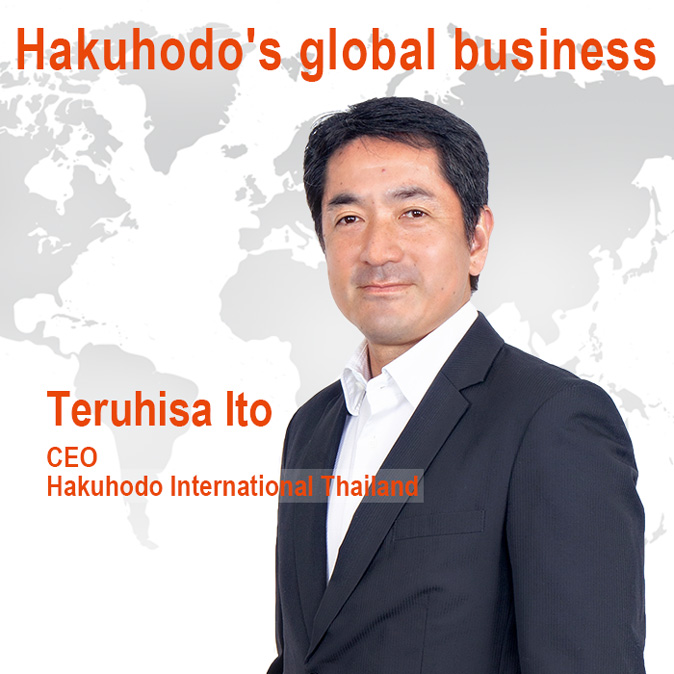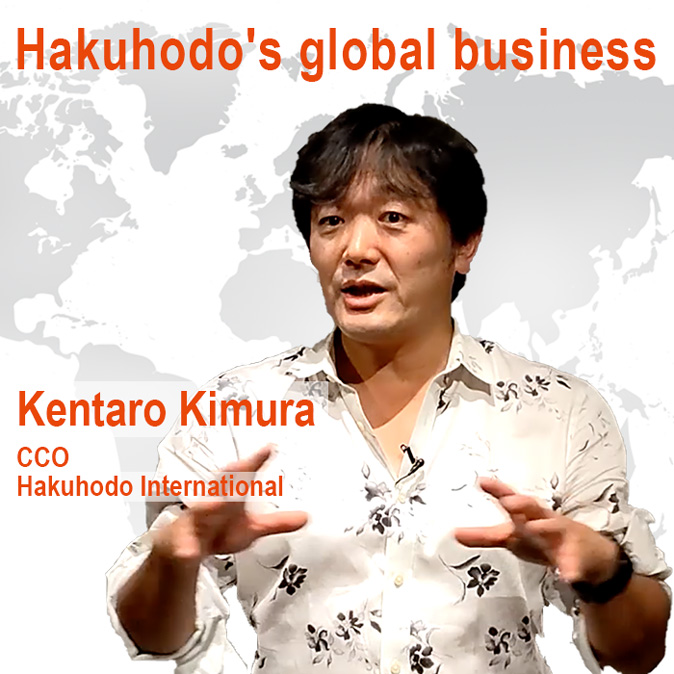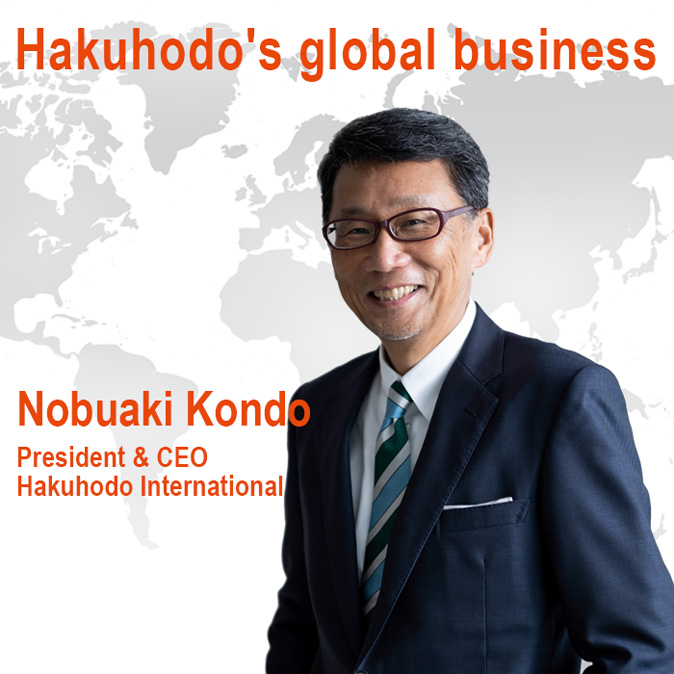- Viewpoints

In an increasingly borderless world, Hakuhodo is strengthening its overseas operations and enhancing its ability to respond to clients around the globe. Currently Hakuhodo has more than 105 overseas offices in 19 countries and regions. In this interview series, leaders from various domains share their insights on how Hakuhodo is rising to meet new challenges. For our fifth installment, we speak with Tetsuya Waida, Head of Global Digital Business Development. He takes us on a journey into the exciting and hot topic of digital transformation.
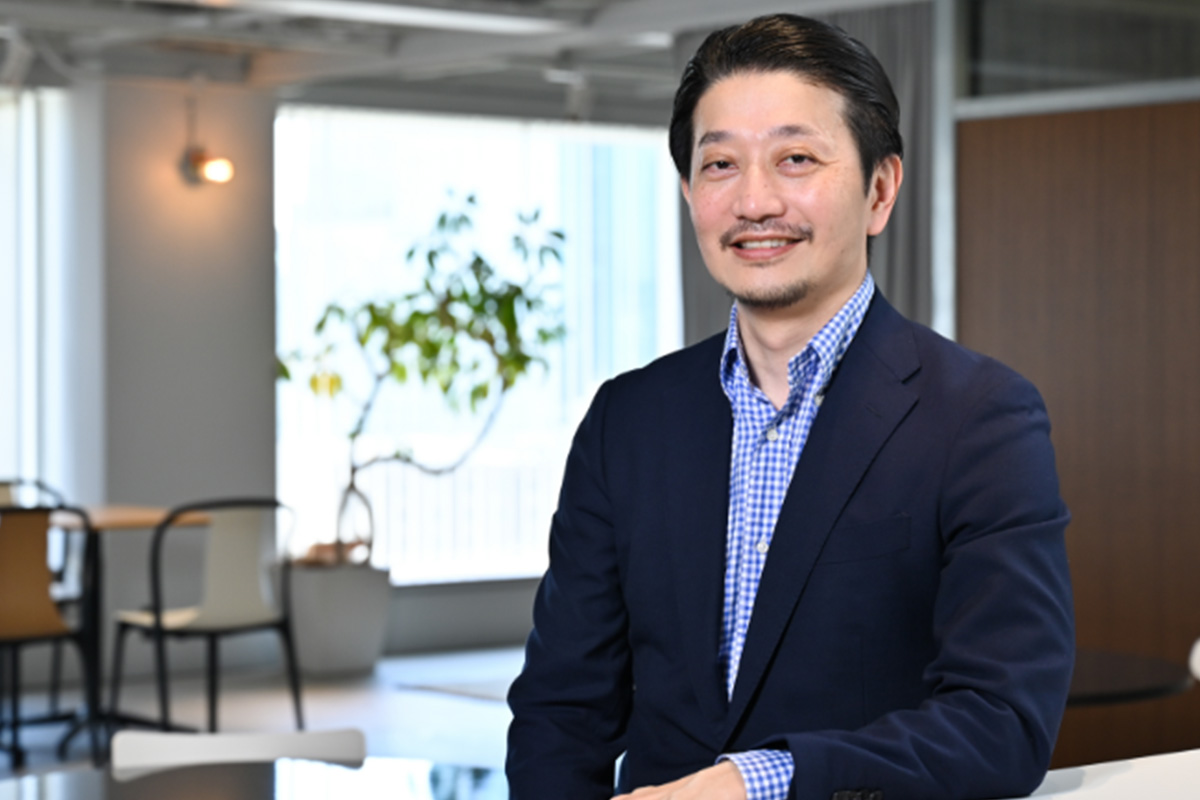
Utilizing digital and data to accelerate business growth for clients
The role of Hakuhodo’s team is to promote digital marketing and digital transformation (DX). Waida points out that while digitalization is a global trend, there are various differences between countries, such as the popular platforms, the faces of the major stakeholders and the way it is used by sei-katsu-sha (living people).
“Naturally, clients need to develop digital marketing and DX that is tailored to these differences between countries,” Waida says. “Our mission is to develop a structure within the Hakuhodo Group to promote the entire business process for implementing DX.” Hakuhodo is able to do this by providing DX and other strategic consulting services to clients while keeping up with each country’s ever-evolving digital environment.
Waida notes that the sheer diversity of Hakuhodo’s overseas DX operations makes it difficult to explain in just a few words, but the following business areas are all on the rise: CX (customer experience) measures including digitization of operations and data utilization, e-commerce strategies, CRM (customer relationship management) operations, UX/UI development for owned media and related services, and building and operating CDP (Customer Data Platforms) to enhance use of these mechanisms and data.
“Together with our overseas offices, we’ve recently been involved in a lot of consulting on overall DX for our clients, as well as giving presentations on reviewing organizational structure, operations and flow to accelerate the digital shift in marketing,” Waida says.
Rather than dealing with DX- and CX-related planning on a stand-alone basis, Hakuhodo takes an integrated approach to finding total solutions for its clients. “We listen carefully to the needs and intentions of their management teams to identify the issues inherent in the brand, service, business and organizational perspectives,” says Waida.
“It’s important to identify the image that the client wants to achieve, as well as the resources and solutions they already possess. Then we conduct a thorough exploration to identify areas where digital technologies and data can be implemented, and how they can help solve the client’s issues.”
The selection of the right collaborative partners is a crucial aspect of achieving success in the DX domain. In order to successfully implement this transformation, Waida and his team strive to take a hands-on approach with Hakuhodo’s overseas offices by getting to know the collaborative partners in each country.
“The goal of DX is not to introduce it, but rather to implement it in each country and achieve business results,” he says. “In other words, I think the most essential and important element of our work is to get involved in the client’s issues long before the business is launched, and to draw up a blueprint for value creation in the digital domain from scratch.”
Moving from “communication” to “commerce experience”
While Hakuhodo is involved in various aspects of digital operations, Waida singles out DX in marketing as an area that his team are currently focusing on. “One of the important roles of marketing is to provide brand value and experiences to sei-katsu-sha, but the Covid-19 pandemic has changed people’s values and lifestyles, and companies must respond to new touchpoints with them,” he explains.
“From a marketing standpoint, the target audience and experiences need to be more personalized. Since this trend will continue in a hybrid form—combining traditional marketing with digital—after the pandemic, marketing mechanisms will also have to change as a matter of course.”
According to Waida, more companies are focusing on newer commerce styles which can be easily linked with sales, such as EC (e-commerce), D2C (direct-to-consumer) and OMO (online merge offline). “For example, when you see your favorite influencers posting about a product on your smartphone, you immediately search for the information yourself, find the e-commerce site and buy the product on the spot—a very widespread pattern of behavior,” he points out.
Social media itself has begun to incorporate commerce functions, and Waida says this is referred to as “from communication to commerce experience.” “As the ‘stay-at-home economy’ expands during the Covid-19 pandemic, it is becoming increasingly important to provide customers with the kind of experience value through digital media that will lead to an increase in sales.” Waida adds that his team is committed to incorporating bringing “fun and convenience” into the shopping experience for sei-katsu-sha.

Waida reiterates his earlier point that digital environments and stakeholders vary among countries, even within the ASEAN region, so bringing Japan’s best practices to the table may not necessarily be applicable. “Even the popular SNS and calling apps in each country are different. So how do you guide sei-katsu-sha through the customer journey and what kind of content do they experience? How do we connect this to the client’s value chain?” he asks. “If resources are lacking, then you have to find a company in that country that can handle the missing parts. There aren’t so many companies overseas that can take on the design and implementation of all the processes and thus our team in Japan is filling this role.”
All eyes on Asia’s rapid growth
Compared to Japan, it’s often said that DX is more advanced overseas and Waida points out that Asia’s growth is particularly noteworthy. Cutting-edge technology, such as smartphones and e-commerce, spreads swiftly in emerging market economies, which haven’t experienced landline phones. “Moreover, learning from DX in Europe and the United States, these countries are actively pursuing a strategy of building their own platforms to secure their customers before the big international players enter the market, making it easier for DX to succeed,” he says. Other factors behind Asia’s DX growth include a younger demographic, and governments that have made digital investment a core part of their growth strategies.
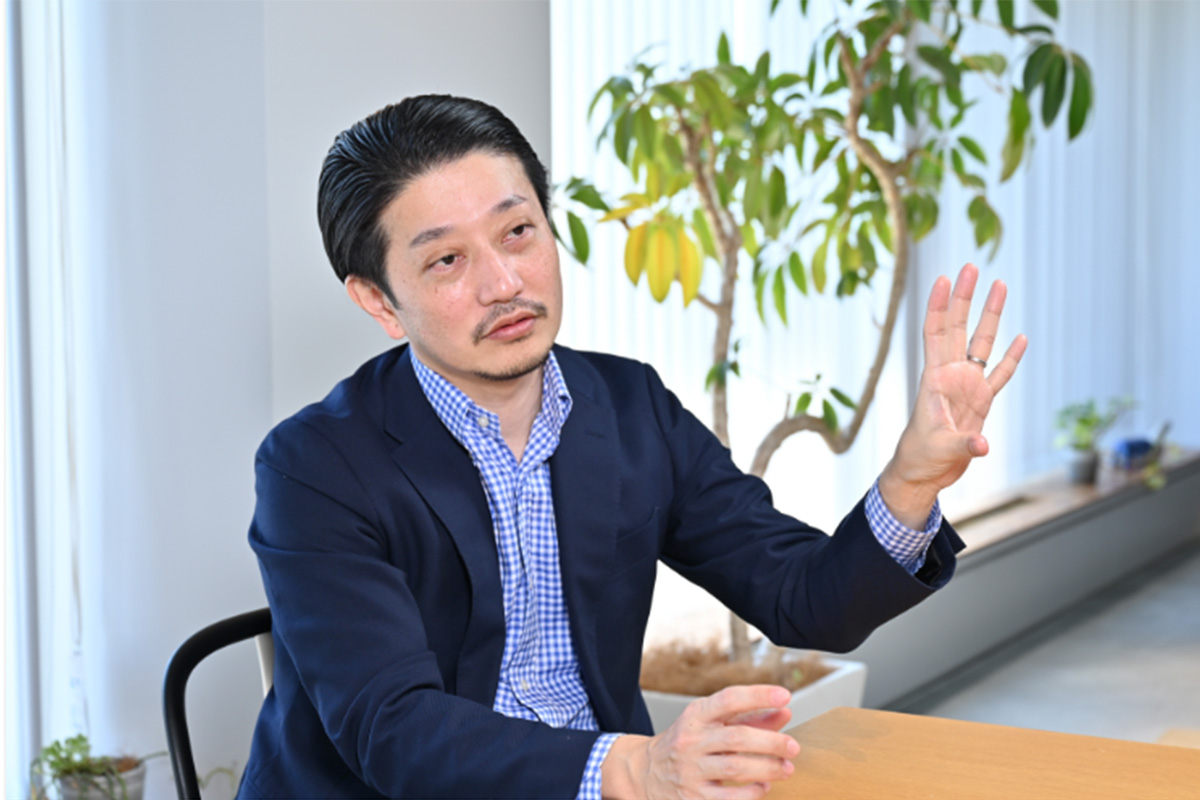
“Among them, China has shown remarkable DX evolution in marketing. I think this is largely due to the very rapid digitization of payments. Recently, smartphone payments have finally started to spread in Japan, yet major online services and SNS accounts in China already had payment functions eight years ago,” says Waida.
“This provides a point of contact whereby you can communicate directly with each customer, and data on who bought what and when is accumulated on a daily basis. As a result, new services appear one after another, and Chinese platforms have evolved in their own way at a dramatic speed.”
By way of a recent example, he cites a Chinese cosmetic surgery app service: Using photos taken with a smartphone, the app uses AI to diagnose skeletal structure and skin condition. Then, based on the results, a professional consultant offers around 10 minutes of detailed online counseling, and introduces doctors and hospitals that meet the user’s requirements. The recommended services can be purchased directly on the e-commerce site linked to the SNS, and payment can be made from the mini-program. The app is highly rated for its level of customer service and credibility by users.
“These OMO-like services are attracting investment and will spread in just a few years. It’s important for our team to keep abreast of these latest service trends and learn from them, so that we can apply them in Japan and other markets, country by country and industry by industry,” Waida notes.
Hakuhodo’s own success stories
Waida shares some of Hakuhodo’s recent work for clients. “For example, we analyzed e-commerce purchasing and online behavior to build a database for CDP and improve the accuracy of marketing operations to grow the business. We launched an e-commerce site for a consumer goods manufacturer using Shopify, and implemented system building, site operation, UX design, and online and offline promotion. Since it was a huge success for the client’s business, we expanded the same model to other Asian countries. We are currently examining purchasing patterns on the EC site to predict the best-selling items, and then this information can be used to develop products for in-store sales and marketing strategies for new products.”
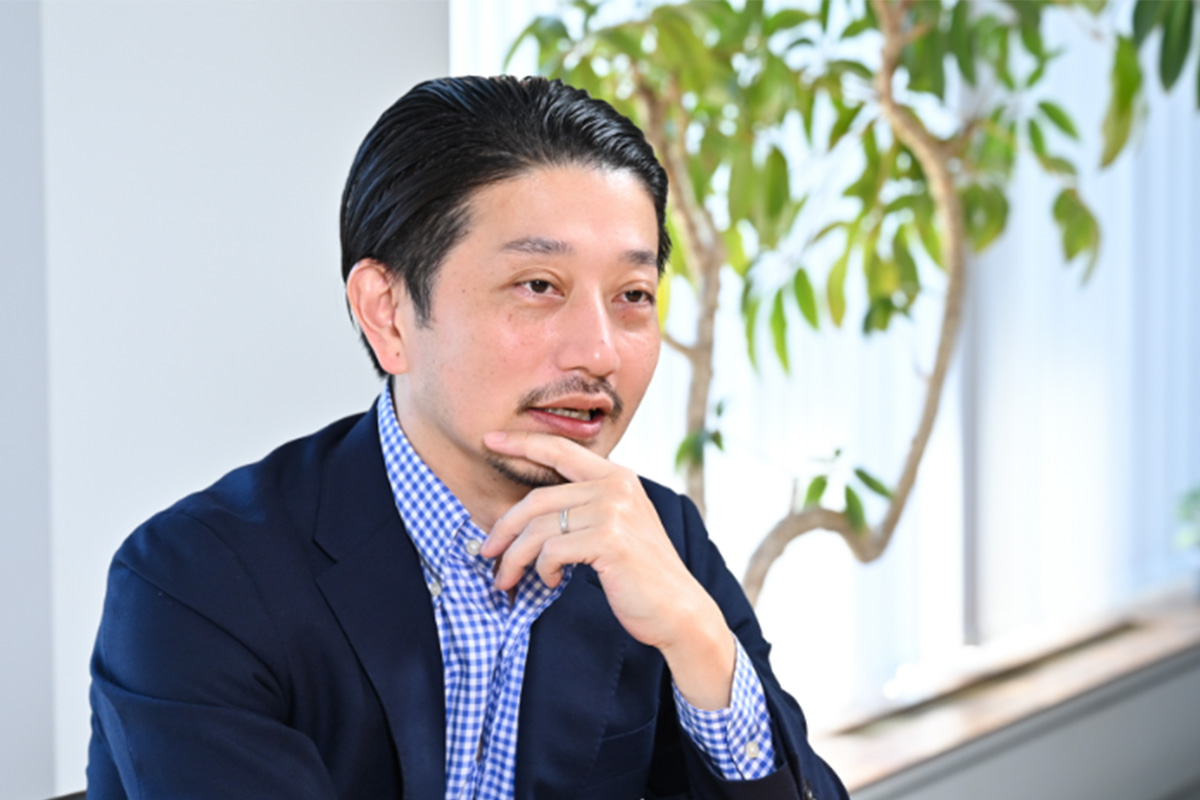
As China is a major player in the EC field and its marketing platform vendors play a large role, it is vital to keep abreast of developments. Recent services offered from the platform side include new product development functions, mini-program EC, and mini-program marketplace development for specialized functions. Hakuhodo has formed a special team, dedicated to understanding the new services coming out and adapting to the ever-changing market.
His team have discovered things that could only be achieved by studying overseas markets, such the best-selling products in different regions, or the results of an analysis that overturned the established theory that the more promising the target segment, the lower the acquisition cost. Moreover, during the pandemic they developed virtual showrooms and remote video sales tools, which were very well received by clients in retail.
Global x digital: Hakuhodo’s three strengths
In summing up, Waida lists the three major strengths that Hakuhodo brings to the high-growth digital domain:
(1) An understanding of sei-katsu-sha, based on data that captures their ever-evolving insights and purchasing behavior;
(2) the ability to transform these insights into services at sei-katsu-sha touchpoints;
(3) the ability to design and build marketing operations that embrace these strengths and puts them to work.
He adds that DX cannot succeed without a thorough understanding and analysis of the sei-katsu-sha in each country, along with the people and systems to support operations. The ability to integrate existing resources is also extremely important on the global scale.
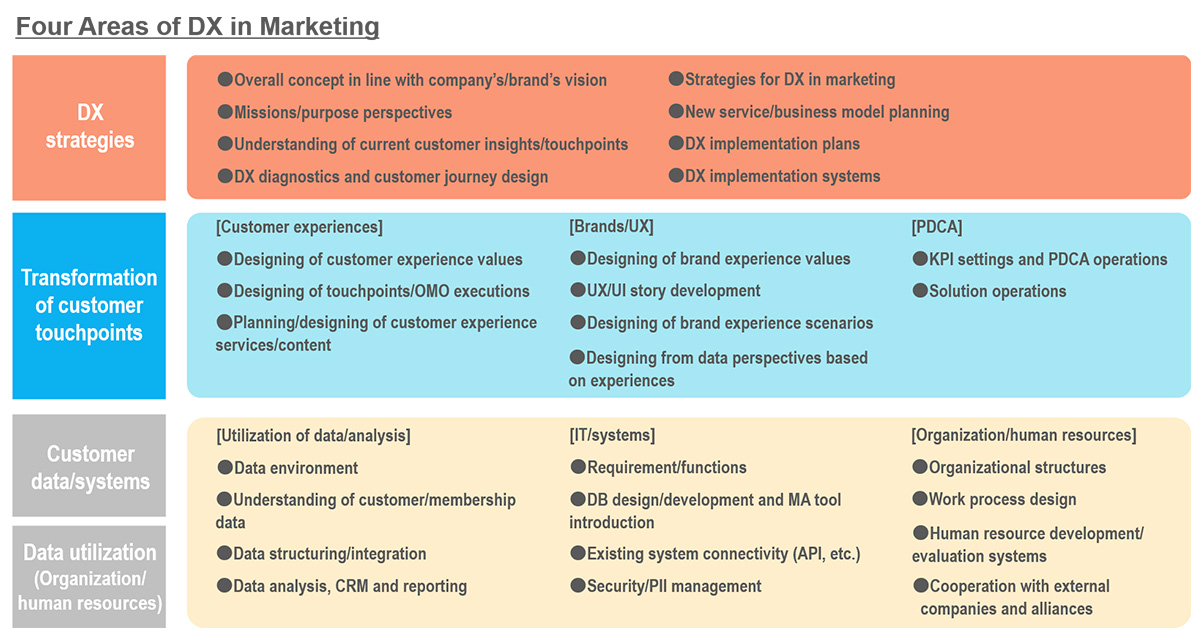
Following the swift emergence of China as the world’s largest e-commerce market, several other populous Asian countries are now following suit. “We’ll apply the Hakuhodo Digital Network’s knowledge and expertise to the advancement and evolution of digital marketing in Asia, contributing to our clients’ business growth,” says Waida.














